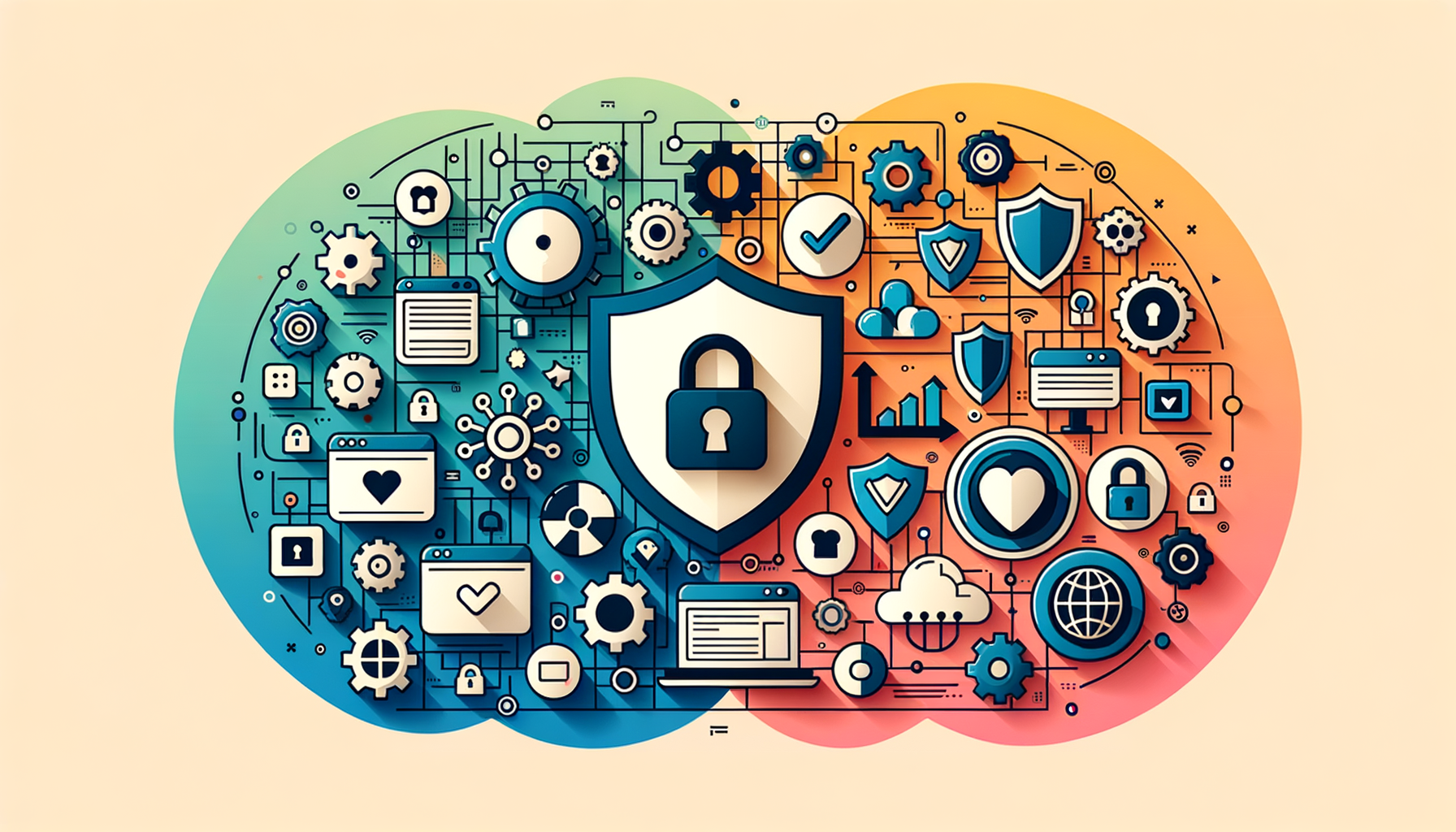
Protecting Your Digital Asset: Essential WordPress Security Best Practices for 2025
In the ever-evolving landscape of cybersecurity, ensuring the security of your WordPress website is more crucial than ever. With WordPress powering over 43% of all websites, it has become a prime target for cybercriminals. Here’s a comprehensive guide to help you bolster your WordPress security, protecting your site from potential threats and maintaining your online presence.
The Importance of WordPress Security
WordPress security is not just about protecting your website; it’s about safeguarding your business’s reputation, user trust, and sensitive data. Cybercrime is a lucrative business, with global costs estimated to reach $10 trillion annually by 2025.
- Financial Impact: Security breaches can be financially devastating, affecting your company’s bottom line and reputation.
- User Trust: Users expect websites to be secure, and breaches can lead to a loss of trust and potential legal issues.
- SEO Benefits: Secure websites receive an SEO boost, as search engines prioritize secure sites in their rankings.
Keeping Your WordPress Site Up to Date
One of the most critical security measures is keeping your WordPress core, themes, and plugins updated. Here’s why:
- Security Patches: Updates often include security patches that fix known vulnerabilities, protecting your site from potential threats.
- Performance: Updated versions typically improve performance, making your site run faster and more efficiently.
- Compatibility: Updates ensure compatibility with the latest web standards and technologies, reducing the risk of compatibility issues or conflicts.
To manage updates effectively, you can enable automatic updates or regularly check for updates in your WordPress dashboard. Always back up your website before performing any updates to avoid potential errors.
Enhancing WP-Admin Login Security
Securing your WP-Admin login is a key aspect of WordPress security:
- Strong Credentials: Use complex passwords that include a mix of letters, numbers, and symbols. Avoid common usernames like “admin” or “test” to prevent brute force attacks.
- Two-Factor Authentication (2FA): Implementing 2FA adds an extra layer of security, making unauthorized access more difficult. You can use plugins like Sucuri, Jetpack, or Wordfence to enable 2FA.
- Limit Login Attempts: Use security plugins to limit the number of login attempts, effectively blocking brute-force attacks.
Choosing a Secure Web Host
Your web host plays a significant role in your website’s security. Here are some key services to look for:
- Malware Scanning: Ensure your host scans for malware regularly.
- Backup and Restore: Opt for a host that offers easy backup and restore options.
- Denial-of-Service (DoS) Protection: Choose a host that prevents DoS attacks.
- Maximum Uptime: Select a host with a high uptime guarantee.
Consider reputable web hosts like Kinsta, which offers robust security measures and excellent performance.
Using Secure Themes and Plugins
The security standards of themes and plugins vary, so it’s crucial to choose wisely:
- Trusted Sources: Only use themes and plugins from reputable sources. Avoid free themes and plugins from unverified developers, as they may contain malicious code.
- Regular Updates: Regularly review and update your themes and plugins to minimize security risks.
Implementing Additional Security Measures
Here are some additional best practices to enhance your WordPress security:
- SSL Certificate: Install an SSL certificate to encrypt the data exchanged between your site and its visitors. This protects sensitive information like login credentials and payment details.
- Web Application Firewall (WAF): Use a WAF to provide an additional layer of protection against known vulnerabilities and threats. Plugins like Sucuri and Wordfence offer WAF features.
- Regular Backups: Regularly back up your website to ensure you can quickly restore it in the event of a security breach or other issue. Use plugins like UpdraftPlus or VaultPress for this purpose.
- Disable File Editing: Disable file editing through the WordPress dashboard to prevent unauthorized changes to your site’s files.
- Monitor User Activity: Regularly monitor user activity to detect any suspicious behavior. Use plugins like WP Activity Monitor or User Activity Log to track user actions.
Securing Your Website with .htaccess and File Permissions
- .htaccess: Use your .htaccess file to disable PHP file execution and protect the wp-config.php file. You can also block hotlinking from other websites using this file.
- File Permissions: Set proper file permissions to restrict unauthorized access. Ensure that your files and folders have the correct permissions (e.g., 644 for files and 755 for folders).
Conclusion and Next Steps
Securing your WordPress website is an ongoing process that requires regular attention and updates. By following these best practices, you can significantly reduce the risk of security breaches and protect your online presence.
- Stay Updated: Keep your WordPress core, themes, and plugins updated.
- Use Strong Credentials: Enhance your WP-Admin login security with strong passwords and 2FA.
- Choose a Secure Host: Opt for a reputable web host with robust security measures.
- Regular Backups: Back up your website regularly.
- Monitor and Scan: Regularly monitor user activity and scan your site for malware.
For more detailed guides and tips on WordPress security, you can visit our blog at Belov Digital Agency. If you need professional assistance in securing your WordPress site, feel free to Contact Us.
By taking these steps, you ensure your WordPress site remains secure, protecting your business and users from the ever-evolving threats in the cybersecurity landscape.













